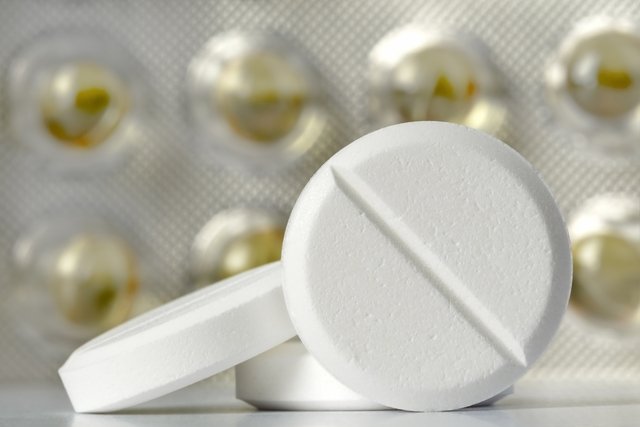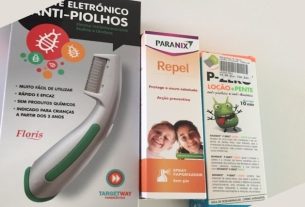PrEP HIV is a method of preventing infection by the HIV virus, indicated for people who are at high risk of coming into contact with the virus, and corresponds to the use of antiretrovirals, such as tenofovir + emtricitabine, or cabotegravir injection, which act by preventing the virus can multiply within the body, preventing infection.
PrEP, also known as HIV Pre-Exposure Prophylaxis, must be guided by an infectious disease specialist and the tenofovir + emtricitabine tablet is provided free of charge by the SUS as long as it is recommended by the doctor.
It is important that even with PrEP, a condom is used during sexual intercourse, as this medication does not prevent pregnancy or the transmission of other sexually transmitted infections, such as chlamydia, gonorrhea and syphilis, for example, having an effect only on the HIV virus. Find out everything about STDs.

What is it for
PrEP serves to prevent infection with the HIV virus in people who are at increased risk of contact with the HIV virus.
This Pre-Exposure Prophylaxis can be carried out with the use of tablets containing emtricitabine + tenofovir disoproxil fumarate, for daily use, according to the guidance of the infectious disease specialist.
Furthermore, injectable PrEP was recently approved by Anvisa, with the drug cabotegravir (Apretude), which must be applied to the gluteal muscle every 2 months. However, this medicine is still awaiting registration with the Ministry of Health to allow its use.
Make an appointment with an infectious disease specialist in the nearest region:
Taking care of your health has never been easier!
When PrEP is indicated
PrEP is indicated for people at high risk of contact with the HIV virus in the following cases:
- Trans people;
- Sex workers;
- Men who have sex with other men;
- People who frequently have sexual intercourse (anal or vaginal) without a condom;
- People who frequently have sexual intercourse without a condom with someone who is infected with the HIV virus and is not undergoing treatment or the treatment is not being carried out correctly;
- People who have frequent episodes of sexually transmitted infections.
Furthermore, people who repeatedly use PEP, which is Post-Exposure Prophylaxis indicated after risk behavior, may also be candidates for using PrEP. Understand better what PEP is.
In the case of people who fit this profile established by the Ministry of Health, it is recommended that they seek medical advice about PrEP and use the medication as directed.
The doctor usually orders some tests to check whether the person already has a disease and, thus, can indicate how prophylactic medicine against HIV should be used. Find out what to do if you suspect HIV.
How PrEP works
PrEP works by preventing the HIV virus from entering cells and subsequently multiplying, being effective in preventing HIV infection and development of the disease.
Before starting PrEP, the infectious disease specialist must confirm through blood tests that the person is not infected with HIV.
How to take PrEP
PrEP can be done using antiretroviral tablets or injections, as follows:
1. Tenofovir + emtricitabine tablets
Tenofovir + emtricitabine tablets can be used for PrEP in adults or children over 15 years of age and weighing 35 kg or more, who are not infected with HIV.
The recommended dosage is 1 tablet, containing 200 mg of emtricitabine + 300 mg of tenofovir disoproxil fumarate, orally, once a day, always at the same time. The tenofovir + emtricitabine tablet should be taken orally, with a glass of water, before or after a meal.
2. Cabotegravir injection
Cabotegravir (Apretude) is an injection indicated for adults or adolescents not infected with HIV, weighing 35 kg or more. Cabotegravir injection 600 mg/3mL must be applied intramuscularly, in the gluteal muscle, every 2 months .
After the initial dose, subsequent doses must be applied every 2 months, and can be applied up to 7 days before or after the scheduled date.
Before starting to use the injection, it is recommended to use the cabotegravir tablet so that the infectious disease specialist can assess the person’s tolerability of this medicine and the ability to withstand the side effects.
How long does it take for PrEP to take effect?
PrEP with emtricitabine + tenofovir disoproxil fumarate, when taken correctly daily, normally only starts to take effect after around 7 days, for anal intercourse, and after 21 days for vaginal intercourse.
In the case of cabotegravir injection, the effect of the medicine begins shortly after its application. However, it may take up to 7 days to have the maximum expected effect.
Until these medicines have the effect of preventing HIV infection, condoms should be used in all sexual relations.
What is the difference between PrEP and PEP?
Both PrEP and PEP correspond to the set of antiretroviral medications that work by preventing the HIV virus from entering cells and multiplying, preventing the development of infection.
However, PrEP is indicated before risk behavior, being indicated only for a specific group of the population, while PEP is recommended after risk behavior, that is, after unprotected sexual intercourse or sharing needles or syringes, for example. example, with the aim of preventing the disease from developing. Find out more about PEP.

Sign up for our newsletter and stay up to date with exclusive news
that can transform your routine!
Warning: Undefined array key "title" in /home/storelat/public_html/wp-content/plugins/link-whisper-premium/templates/frontend/related-posts.php on line 12
Warning: Undefined array key "title_tag" in /home/storelat/public_html/wp-content/plugins/link-whisper-premium/templates/frontend/related-posts.php on line 13



